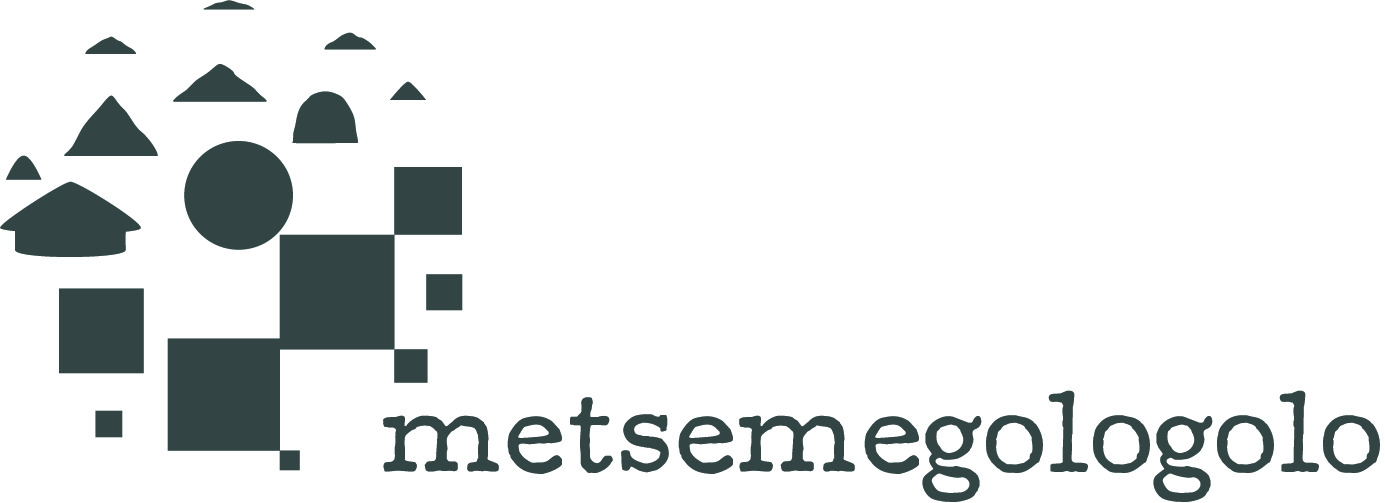We have experimented with different types of digital curation of our archival materials as a way of exploring their potential as an instrument for the teaching of history and archaeology for secondary school and lower level university students. We used three different approaches, all based on free and open source software:
1. Story map: these are web-based maps created using free ESRI Story Map templates which allow to integrate maps, legends, text, photos, and video and provide different functionalities, such as swipe, pop-ups, and time sliders, that helps users explore the curated content.
2. Virtual tour: very popular in the real estate industry, virtual tours have been used as a enhance to sites and museum experiences for decades. They simulate an existing location with the help of sequential still image, 360 panoramas or videos and the integration of additional multimedia information for the understanding of the environment being explored (in the form of text, images, videos). Our virtual tour was designed using Photo Sphere Viewer as a Javascript library. The code is available here
3. Omeka-based curation: We have set up an Omeka site to serve as an exhibitionary space aimed for a wider audience, which interfaces with our custom site that serves to house our full ‘archive’ as well as an experimental ‘sandbox’. Omeka is have adopted Omeka Classic which is compatible with the plug-ins that are aligned with the objectives of our project, including Geolocation and Neatline
Evaluating the effectiveness of digital curations is an important but often neglected step in creating these narratives. Our team member Brenda Maina carried out such evaluation with a sample of students from universities in South Africa and Botswana. Read her dissertation here
You can explore some of our curations here!
